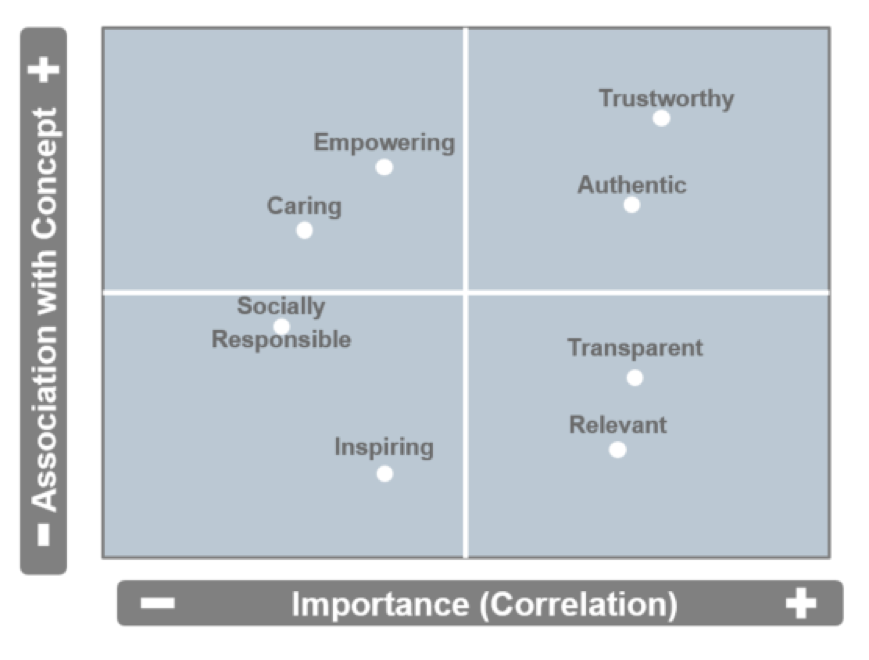Editor’s note: Jason Jacobson is vice president at marketing research firm True North Market Insights, San Francisco.
Traditional consumer marketing research looks at functional attributes like ease of use, level of service provided and performance, as well as emotional attributes such as caring, believability and personal relevance.
While these are still important facets to measure, today’s consumers – particularly Millennials – often seek more than functional features. The emotional components are becoming more varied and experiential. The strongest brand messages connect with consumers on several levels.
Given this trend, I recommend evolving your methodology and techniques when it comes to measuring consumer interest and engagement to include metrics that can account for some of the experiential and emotional connections consumers seek.
Adding these metrics will help you gain insights into the behavioral aspects – such as purchasing and recommending – required to build and sustain brand relationships in the digital age. While customer experiences for every brand are different, consider measuring the following attributes when evaluating your brand or product.
- Is your brand authentic? Can customers relate to your brand? Are you believable in what you deliver?
- Is your brand transparent? Do consumers believe you do what you say, and say what you do?
- Is your brand empowering? Do you provide an experience that makes your customers feel empowered?
- Is your brand trustworthy? Trust is the most important building block of any relationship and must be earned for long-term loyalty.
- Is your brand inspiring? Do your products and services inspire your customers to act?
- Is your brand socially responsible? Are you doing the right thing for humanity?
The following considerations, although not emotional metrics, can be useful to better understand your brand or product:
- What social media would consumers use to follow or learn more about your brand (i.e. Facebook, Instagram and Twitter)?
- Would consumers post something about your brand on social channels? Is it compelling enough for them to comment and share in their realm?
- When do consumers look up your brand? At home? At work? When traveling?
Once this information is collected, a chart such as the following can be constructed to identify which emotional component is most important and which the product best delivers. The importance can be determined by ascertaining the correlation between purchase interest and these metrics.
Arming your ad or marketing agency with this information will help improve creative.

Adding these metrics to your next engagement research program can provide you with a more actionable measurement of engagement, and a deeper understanding of where and how to target brand messages. By asking the right questions about these aspects of your brand, you can gain a deeper understanding of brand dynamics, as well as the functional and emotional needs of your consumers.
